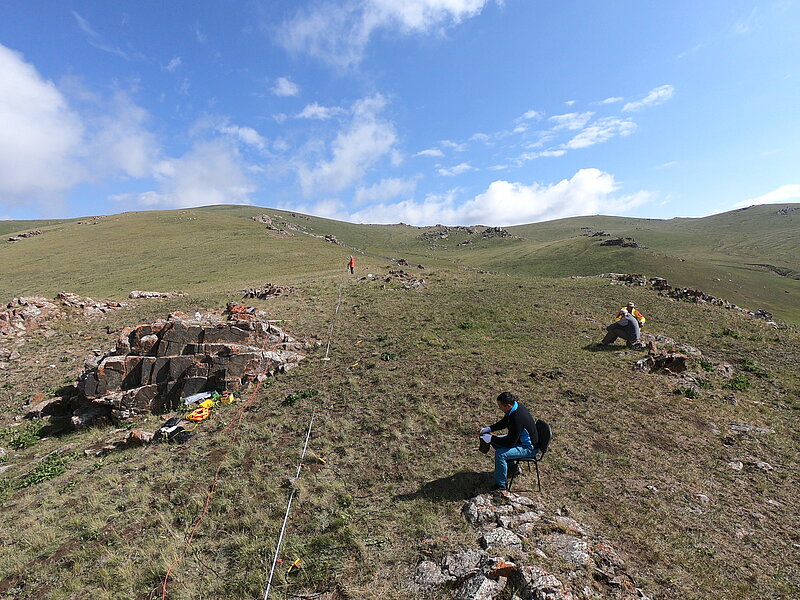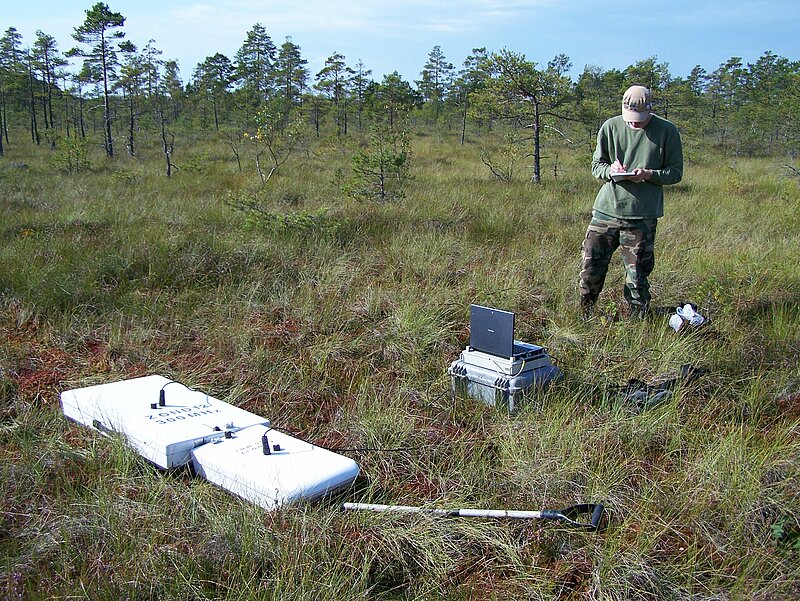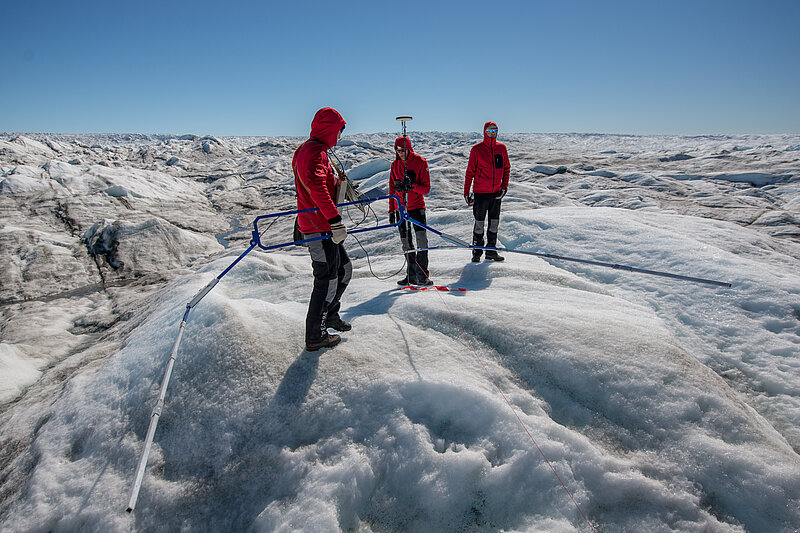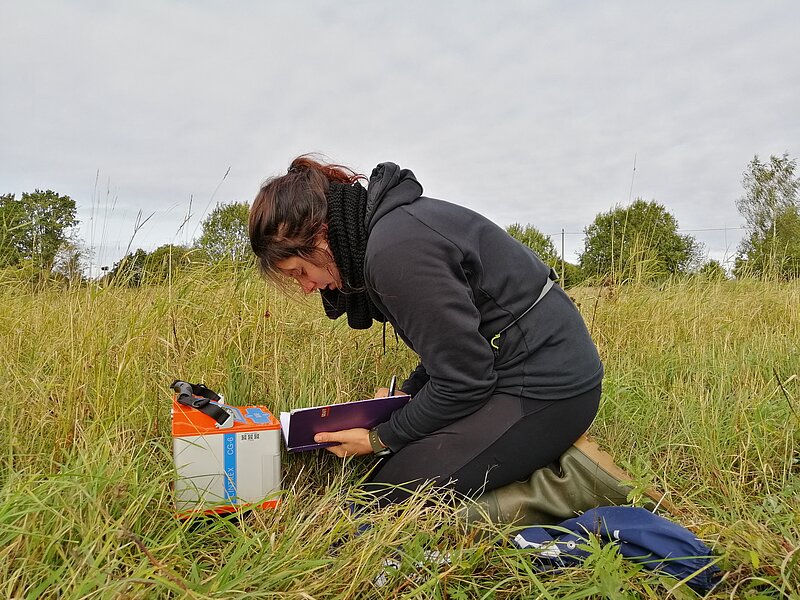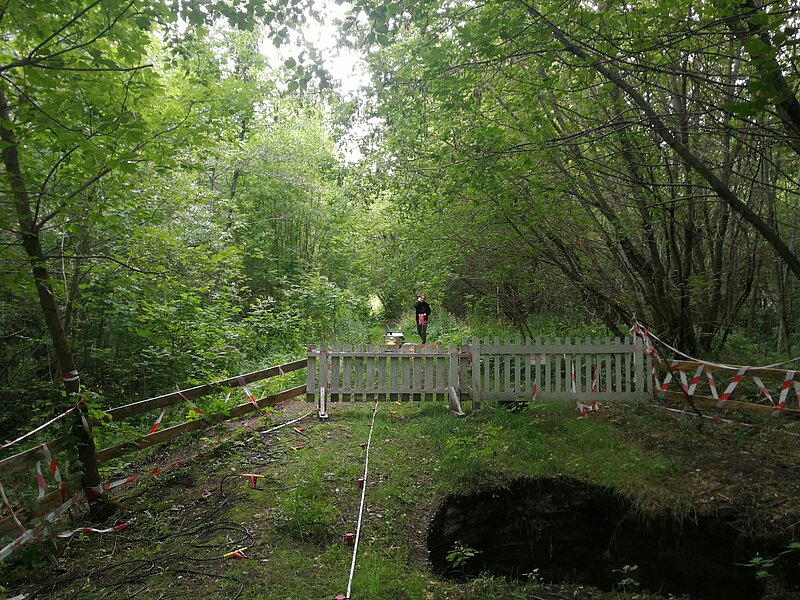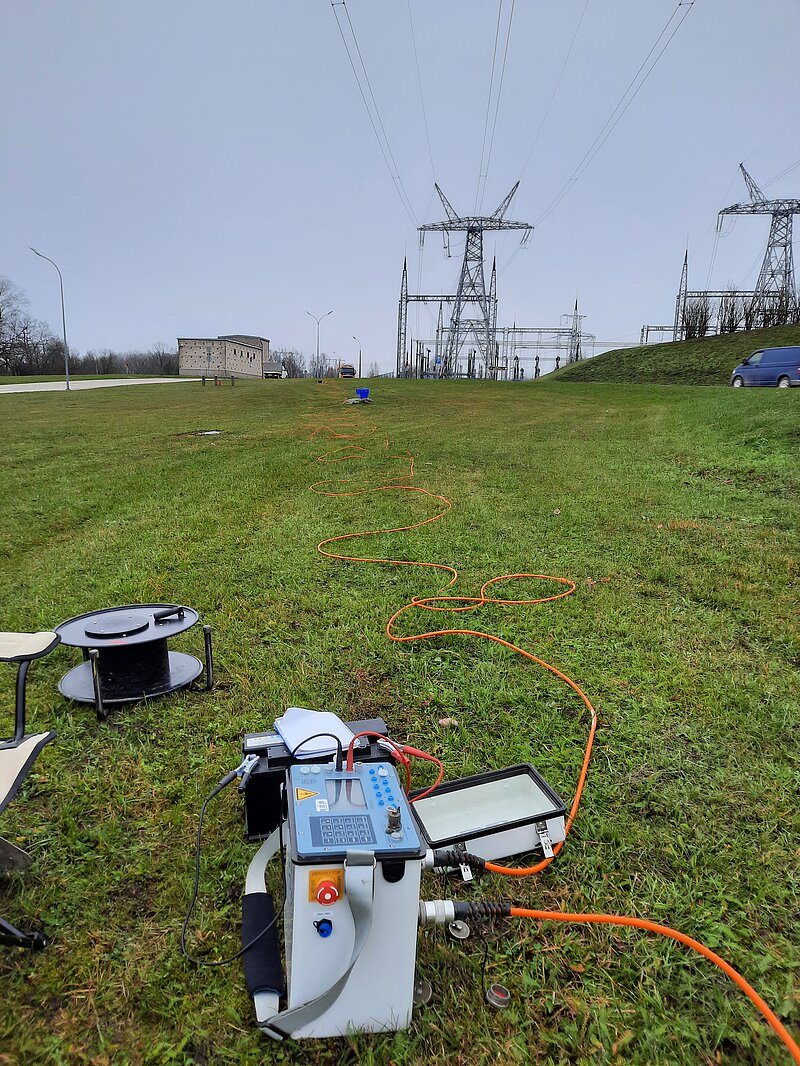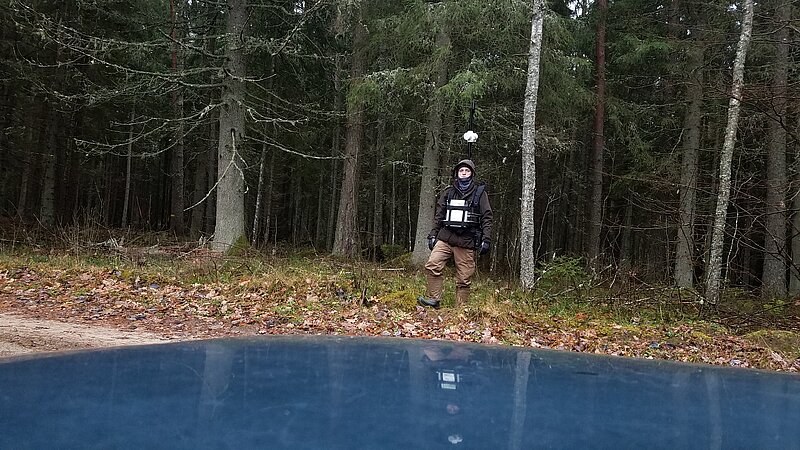Geophysical studies are conducted in UL FGES geology department for more than 20 years. Initially studies with ground-penetrating radar (GPR) were conducted but also other geophysical methods were increasingly applied.
Researchers at the geology department conducted various archaeological studies as well as studies of bogs with GPR. GPR also has been used in glaciological studies for ice thickness measurements as well as for studies of glacier inner structure. Geology department has close collaboration with Latvian company “Radar systems” that produces “Zond” GPR.
The main research fields where electrical resistivity tomography (ERT) is applied are soil contamination mapping and detection and monitoring of karst processes. Researchers at the geology department conducted several research projects in collaboration with private companies with the goal to map groundwater contamination with various oil products.
Gravity and magnetic field measurements have been applied for reconstruction of deepest layers of the Earth in the territory of Latvia as well as for determination of potential valuable resources in the crystalline basement of Latvia.
Currently at the geology department several geophysical measurement devices are available:
· Electrical resistivity measurement device “Syscal ProSwitch 72”. Device is applicable for determination of electrical conductivity as well as induced polarization up to the depth of approximately 70m.
· Ground-penetrating radar “Zond 12e”. Device is suitable of soil layer boundary mapping and detection of local objects up to the depth of 15m.
· Gravimeter “Scintrex CG-6”. With this device Earth gravitational field strength can be measured.
· Two magnetometers “Gem systems GSM-19”. With this device Earth magnetic field strength can be measured.
· Sensors for soil natural and antropogenic source vibration monitoring on soil surface as well as boreholes Minimate Pro 4 (Instantel).
Important publications
Karušs, J., Lamsters, K., Sobota, I., Ješkins, J., Džeriņš, P. 2022. UAV and GPR Data Integration in Glacier Geometry Reconstruction: A Case Study from Irenebreen, Svalbard. Remote Sensing 14, 456. doi.org/10.3390/rs14030456
Karušs, J., Lamsters, K., Poršņovs, D., Zandersons, V., Ješkins, J. 2021. Geophysical mapping of residual pollution at the remediated Inčukalns acid tar lagoon, Latvia. Estonian Journal of Earth sciences 70(3), 140-151.
Lamsters, K., Karušs, J., Stūrmane, A., Ješkins, J., P. Džeriņš, P. In Press. Mapping of large-scale diapir structures at the paleo-ice tongue bed in western Latvia from geophysical investigations and borehole data. Quaternary International, DOI:10.1016/j.quaint.2020.12.003.
Zandersons, V., Karušs, J. 2020. Gravity-derived Moho map for Latvia. Estonian Journal of Earth Sciences 69(4), 177-188, doi.org/10.3176/earth.2020.19
Džeriņš, P., Karušs, J., Lamsters, K., Ješkins, J. & Ķelpe, A. (2023) Investigation of buried karst sinkholes under a bog using ground penetrating radar (GPR) and electrical resistivity tomography (ERT). Earth Surface Processes and Landforms. 1–17. doi.org/10.1002/esp.5593

 Academic Centre
Academic Centre![A. Modelled iron ore body in crystalline basement, vicinity of Strenči, Latvia.
B. Soil contamination mapping results, vicinity of Inčukalns, Latvia.
C. Detection of peat internal layering, Cena bog, Latvia.
D. Earth gravity field anomalies in Baltic region.
[Translate to English:] A. Potenciālā dzelzs rūdu ķermeņa forma kristāliskajā pamatklintājā, Strenču apkārtne, Latvija B. Zemes pretestības mērījumi, kas parāda grunts piesārņojuma izplatību, Inčukalna apkārtne, Latvija C. Kūdras slāņu robežu kartēšana ar radiolokācijas metodi, Cenas purvs, Latvija. D. Zemes gravitācijas spēka izmaiņas Baltijā.](/fileadmin/_processed_/3/d/csm_sagataveABCD_fcc17601e1.png)
